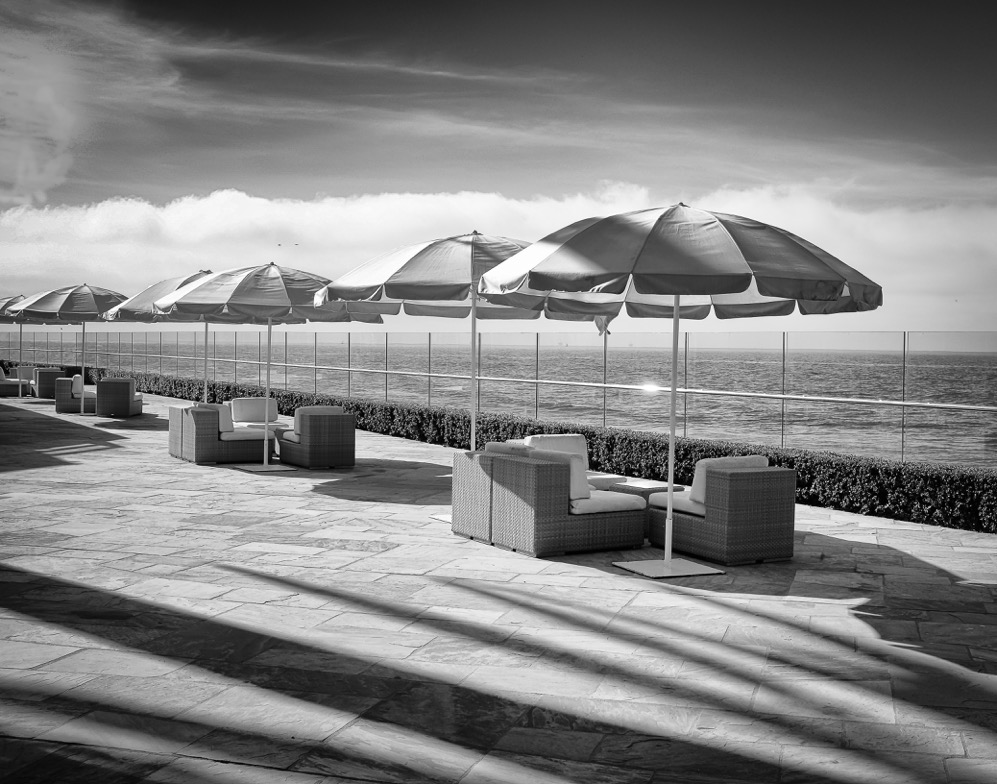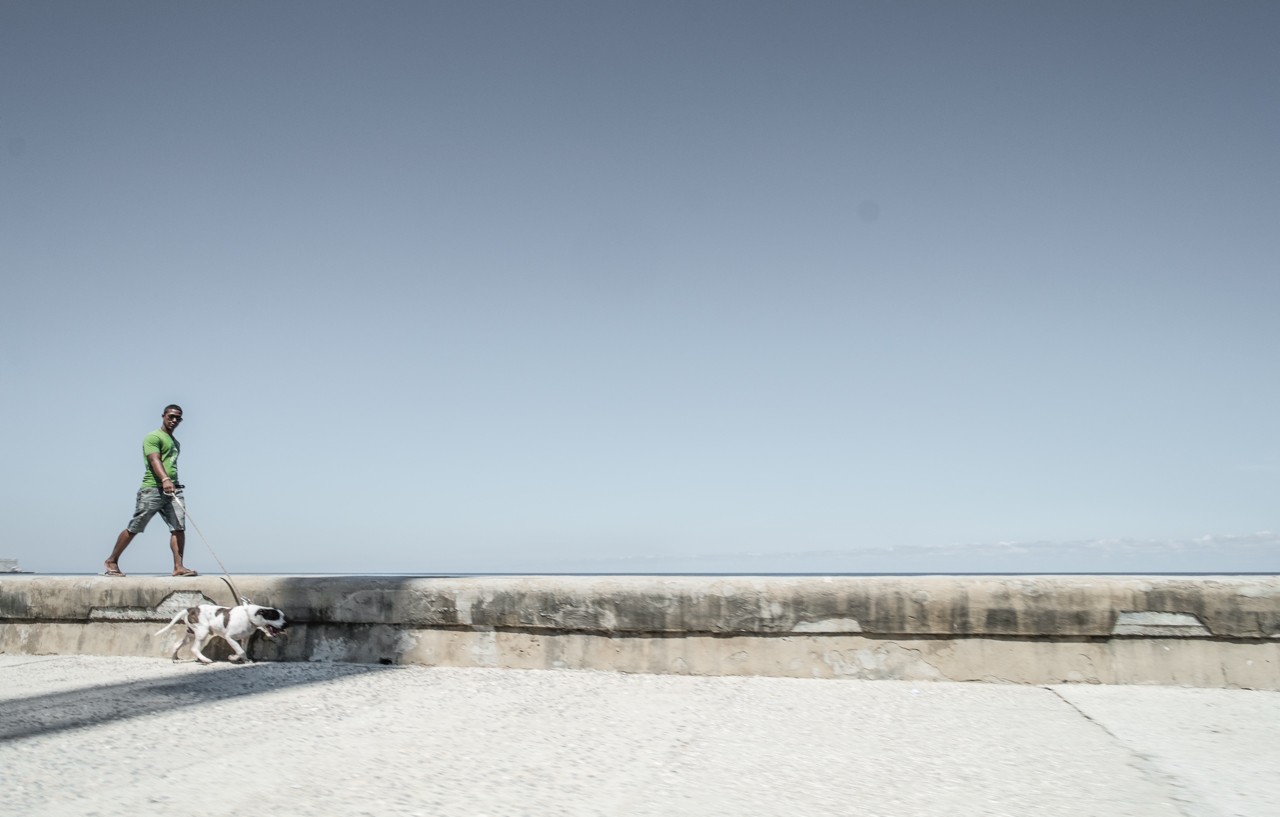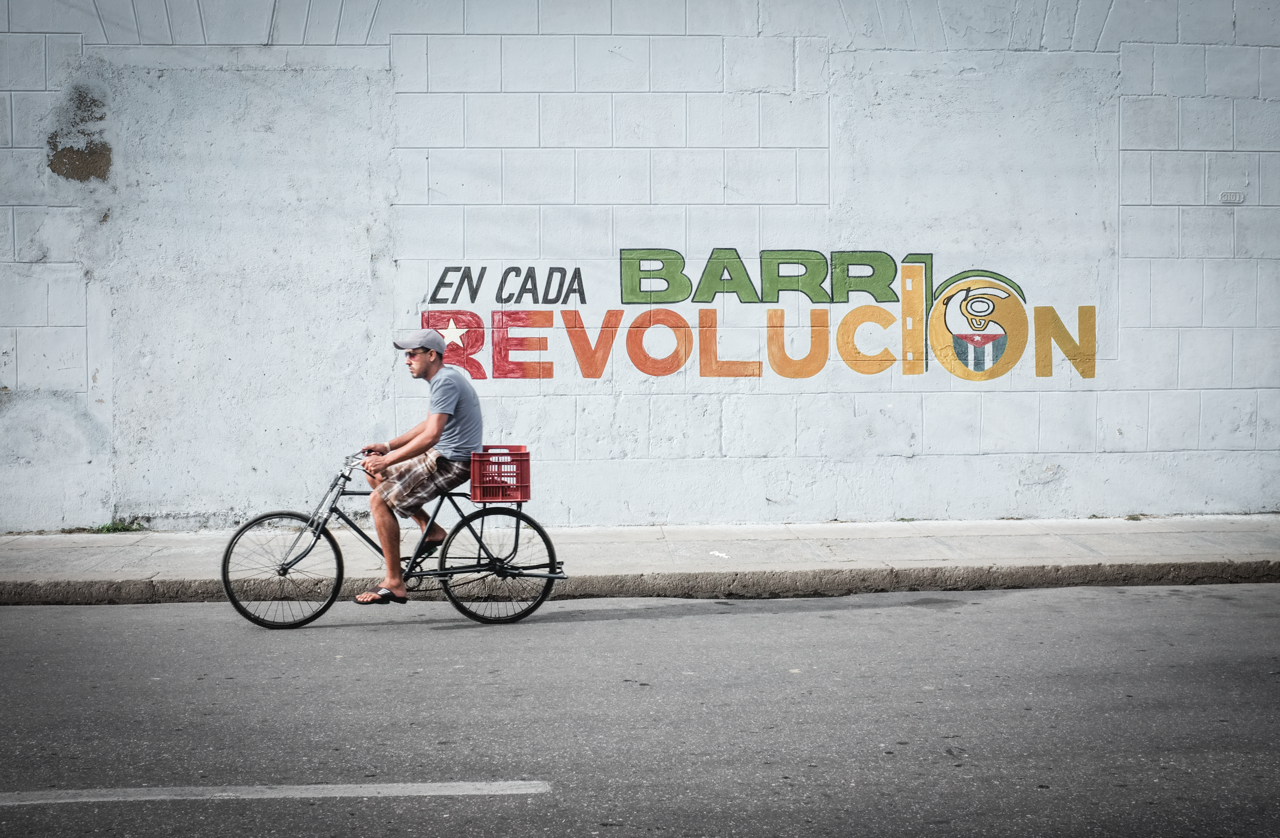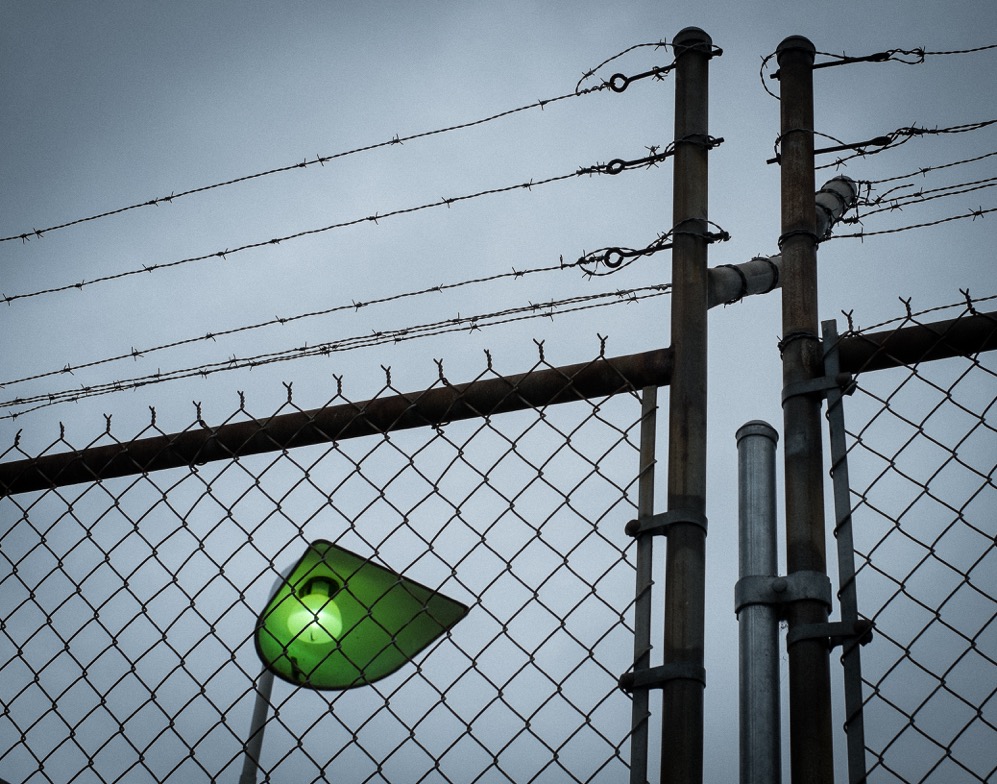One Camera, One Lens, Two eyes July 10, 2015 – Posted in: Photography – Tags: fuji x100s, fuji x100t, minimalism, Photography
One Camera, One Lens, Two eyes — Why Minimalism Helps
Are you aware of all that you are connected to right now, at this instant? Of course, you are on rockynook.com reading this, but while you do so, all of your other devices and apps are connecting you to numerous other spaces at the same time. You’re reading this news while they are scanning for other news, finding deals, monitoring friends and family, and broadcasting where you are and what you do. With all of this scanning, broadcasting, and connecting, with our minds traveling constantly through these virtual places, there is only a portion of us, our physical selves residing in a “real” space, a house, an apartment, in a city, or wherever home may be.
Think about what this means to you as a photographer. Your passion for photography has developed from watching the world around you, from attentive observation, from seeing, feeling, visualizing, and capturing the moments and impressions which in some way are touching you.
But, if you are not fully present, how can you be attentive? How can you focus on the moment, and see below the surface of the obvious? It is difficult, sometimes impossible. I am sure you are aware of this problem as well as I am. And it seems that photography and other creative endeavors like sketching, painting, and building things, have become a way for many of us to get out of the virtual world and back into reality, back into the moment. Using our imaginations, our hands, and our brains to build and create is a desire actually triggered by the overwhelming demands of e-life. Pursuing art, crafts, and DIY projects is becoming a mainstream movement, very often in circles where technology has a firm grip on life — one of the reasons photography has become such a popular creative outlet.
But we sometimes get sidetracked in our quest for creativity. We begin to focus on our tools as much as on the creative act itself. We love our cameras, we love the gear, we read about it, we talk about it. We begin to collect more of it.

© Gerhard Rossbach
And when we are out there photographing, we focus too much on “working the tools.” Selecting the right lens, trying various settings and modes, and looking at our monitors to check our results. There is nothing wrong with this if you enjoy using your tools to get the sharpest, most perfectly lit, noise-free image with the highest dynamic range possible. There is also nothing wrong with “perfect” images, but technical perfection is not the only ingredient of a good photograph. While we are selecting, checking, and tuning our gear, we hardly have the time to see what is around us, to visualize and conceptualize the story we can tell in an image.
I have no doubt that you have probably heard this before. But have you considered a solution? Some of us are making interesting moves these days to simplify our photographic lives, such as moving away from complex gear and getting simpler cameras. The new breed of high-quality fixed lens, mirrorless cameras made by Fujifilm, Sony, Panasonic, and Olympus is a great example. They have everything you need to capture your best photograph technically in a small and (fairly) simple package. And they eliminate the complexities of the traditional “camera system.”
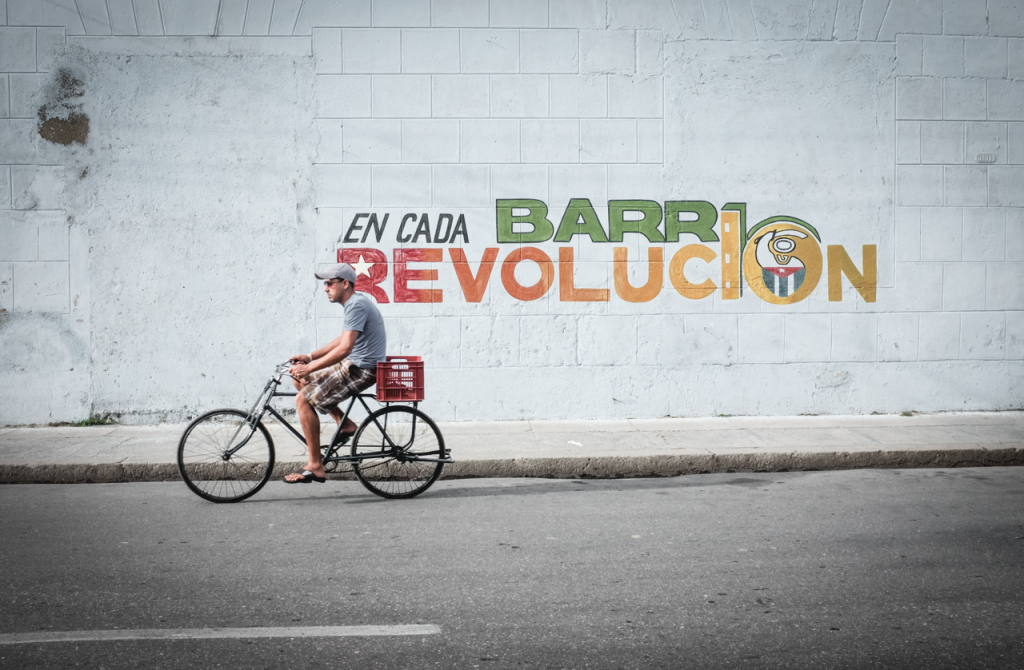
© Gerhard Rossbach
Having only one focal length available, in most cases a moderate wide angle, gives you exactly one frame to see and show your scene. You will learn to see within that frame, to compose in it, and to map your vision onto it. And paradoxically, this constraint frees you up. It gives you more time to see, less time to fiddle around. Need tele? Walk some steps forward. Wider angle? Go back or go away.
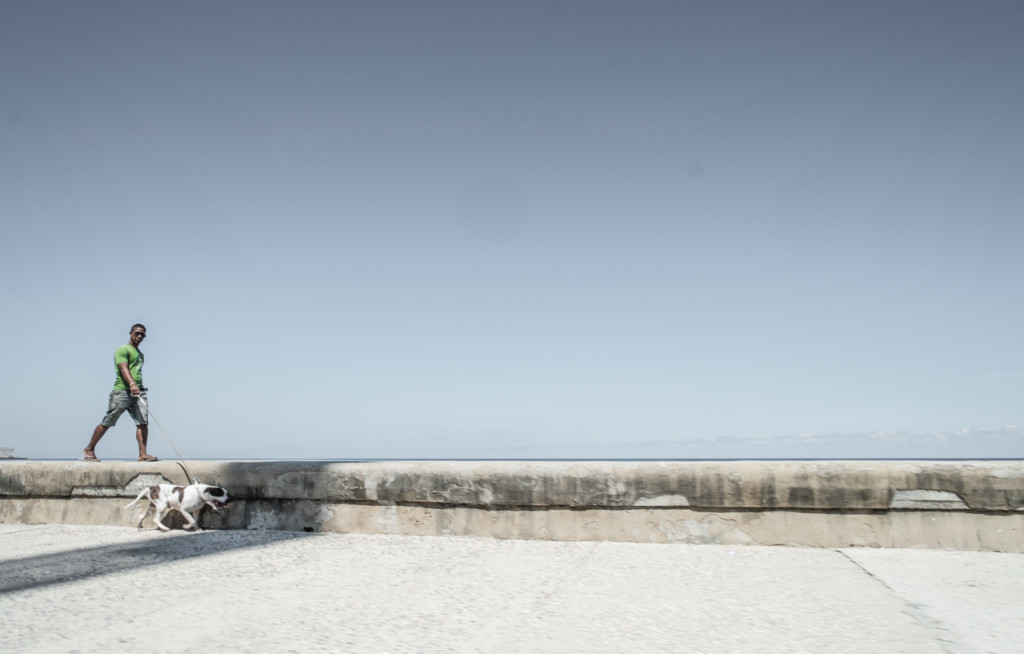
© Gerhard Rossbach
For the working pro on assignment as a sports or wedding photographer, this won’t work. But for those of us who photograph for enjoyment, who travel and walk the city streets with a camera in hand, or who like visual storytelling, this could be a step toward a more relaxed, attentive, and authentic way of shooting.
In any case, it is always a good learning experience to make do with what we have. Creativity is stimulated by constraints not by abundance.
A favorite example of such a tool to simplify your photo life is the Fuji X100s/t. Coincidentally, Peter Fauland’s new book will help you master it.
By Gerhard Rossbach, CEO/Publisher

